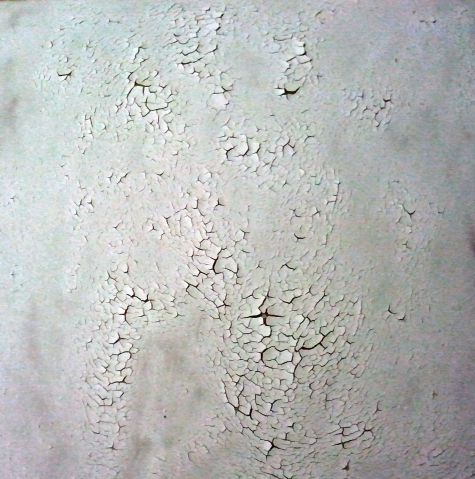Experiments and the Cost of Failure
One of the most important things to me is my ability to use art as a vehicle for playing with new materials and processes with the goal of creating original artworks. Often there are failures when all I manage to make is a mess… But thankfully the successes are more regular and I manage to make something I’m proud of exhibiting.
These artworks are duly placed in a gallery on public show with a purchase price, and they are sold. But here’s the crunch: we all have a pretty good idea of the life of an artwork made using traditional materials such as oil and acrylic on canvas or board. However these new materials have never been used in artworks before, have never been stored for long periods or displayed in artificially heated homes in strong sunlight, so how can an artist judge how long the life of such an artwork will be? And what should any potential buyer be told? I usually make enough tests to know how a material will behave in the short term, but it’s obviously not feasible to test its resilience long term over years or decades.
The buyer of any such artwork has a right to know that their purchase will last for a certain length of time, but how long should this be? 10 years? 50 years? 100? And how much should the inability of an artist to predict how a material will behave over time hinder that artist from experimenting with new materials and the creation of new art forms? Art cannot remain in the past, relying only on the deployment of traditional materials; surely contemporary art is only contemporary because it breaks boundaries and forges new paths.
And after a sale has taken place, what then? If the purchased artwork crumbles in strong sunlight or droops off a wall, what are the buyers’ and artist’s rights? The buyer could demand a refund I guess if the work was recently purchased, or perhaps ask the artist to ‘fix’ the work. Perhaps any buyer should accept there is an intrinsic risk when buying any experimental artwork, that the art may not last for the duration of their lifetime.
I suppose what concerns me the most is that issues such as these may hinder the creation of new and exciting art. Experimentation is my lifeblood, and I believe it’s necessary to enable my art and the art world to thrive and move forward.
The best way to end my thoughts on this I think is to look to the work of the great German artist Sigmar Polke who deliberately made art that would self destruct over time. Perhaps that’s the best solution of all!





